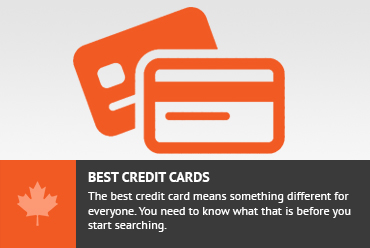Travelling overseas is both exciting and fulfilling. By travelling overseas, you experience new things, meet new people and open your mind to different ways of life.
Many countries operate differently than Canada (and North America in general). The laws, tariffs, taxes, prices, foods, and lifestyles are different on other continents, and can vary from culture to culture. Another thing that can vary from country to country is accepted methods of payment.
Have you ever been to a store that only takes cash? Do you recall how frustrating it is to wait in line, only to be told that the store doesn’t take the method of payment that you have with you? Depending on the country you are travelling to, this can happen over and over again if you don’t have the most acceptable method of payment.
There are other considerations when looking at which other methods of payment to take with you, as well. The exchange rate, security and ease of use are also very important.
Cash
Cash is a form of currency that will almost always be accepted no matter where you go. It would be difficult to find a store that only takes card or traveller’s cheques, and didn’t take cash.
Cash is also a great method of payment when you are travelling as you have more bargaining power. You’ll also always need cash with you, regardless of your method of payment for everything else, because you need cash to tip.
There are some disadvantages to carrying cash, however. One disadvantage is that it is not secure. If a pickpocket grabs your bag, or your wallet goes missing, cash is unrecoverable. You’ve lost it forever.
Furthermore, you have to physically exchange cash, by going to a currency exchange outlet or using the currency exchange at the airport. This can create a hassle. There are many countries that don’t allow you to leave with their currency (ie Nepal), so you have to convert any unused currency back to CAD or USD when you leave the country, which can come with another currency exchange cost.
Credit Cards
Credit card is a recommended method of payment by the Government of Canada, especially for larger purchases such as hotel, flights, and tours. Credit cards are widely accepted, especially if you are travelling to a larger city. If you are planning on using a credit card, however, you must ensure you have some small bills on hand as well, as you will need to tip, pay for public transportation, and pay with cash at some stores and restaurants.
Using a credit card as your method of payment when travelling is advantageous because if your card is stolen, or you lose it, it’s replaceable. You can cancel that card and order a new one.
Credit cards can come with some hefty foreign currency fees, so if you are using a credit card, be sure to bring one that doesn’t charge such fees. There aren’t many cards that don’t charge foreign currency fees in Canada, but the Marriott Rewards Premiere Visa Card is one that doesn’t.
Travel is expensive, so if you tack on an extra 2.5% in foreign currency fees, that can be quite a hit to the wallet.
Debit/Interac Cards
Debit cards are not recommended as a primary method of payment overseas. Many hotels, restaurants, transportation companies, and stores do not take foreign debit cards, or debit cards in general.
If you bring a debit card expecting to be able to use it everywhere, you will find yourself taking cash out more often than not. Even the places that do take Canadian debt cards sometimes charge an extra fee, or your bank will tack on a foreign transaction fee.
Traveller’s Cheques
Traveller’s cheques are quickly declining in popularity and use; often, they are not accepted widely, and they also come with fees.
The advantage of traveller’s cheques is that many companies who issue them will refund them, at least partially, if they are lost or stolen. You are better off using a combination of credit cards and cash over traveller’s cheques, as they are more widely accepted and you can always replace a credit card if lost or stolen.
The best method of payment when travelling overseas depends highly on the country that you are visiting, but it’s best to have a combination of cash and credit cards on hand. You’ll never find yourself in a bind with these two popular methods of payment.










